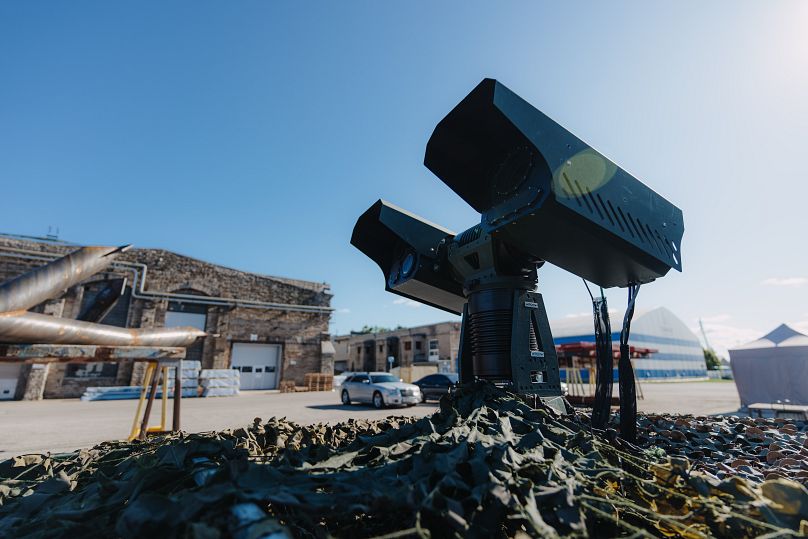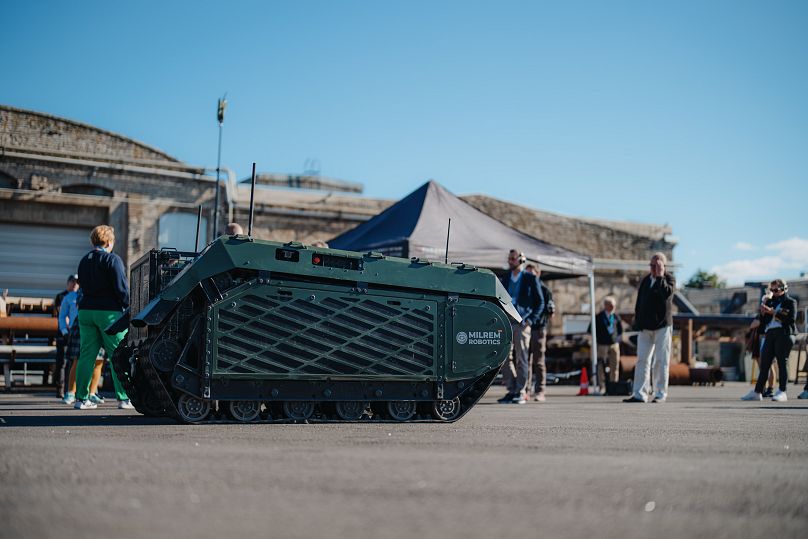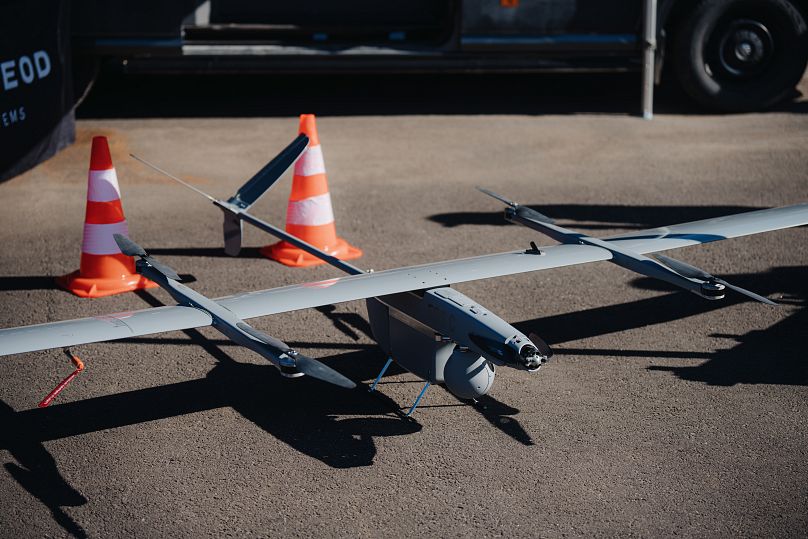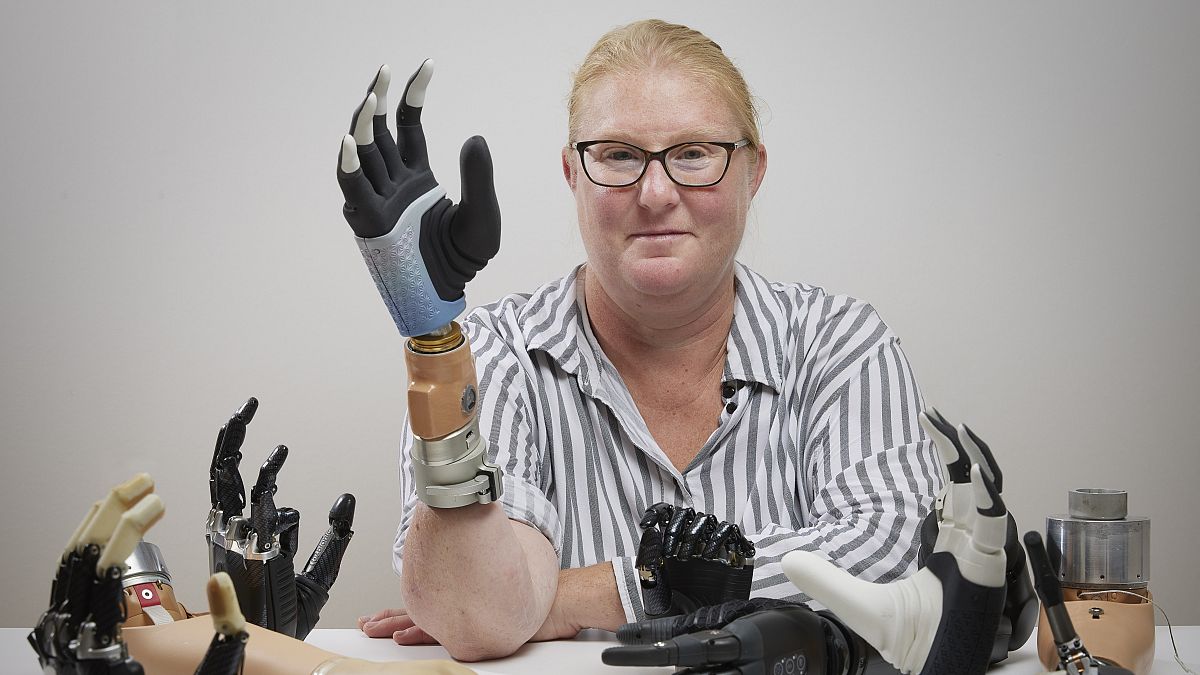Ukraine War Sparks Rapid Drone & Robot Innovation

Russia’s Invasion Sparks a Tech Storm Across Europe
The ongoing conflict initiated by Russia in Ukraine has ignited a seismic shift in the continent’s technology landscape, prompting both government bodies and dynamic startups to re-evaluate their strategies and priorities.
Key Consequences for the Tech Ecosystem
- Policy Reshaping: European states are accelerating the development of regulations to safeguard critical infrastructure.
- Investment Reallocation: Venture capital flows are increasingly directed toward resilience-focused projects and cybersecurity solutions.
- Startup Evolution: Emerging companies are pivoting to meet new demands for secure, remote‑working platforms and innovative defense technologies.
- Talent Mobility: The talent market has become more fluid, with an influx of skilled professionals seeking opportunities in safer or more supportive environments.
Looking Ahead
As the situation unfolds, the tech community remains poised to navigate an evolving landscape that blends risk with unprecedented opportunities for innovation and collaboration.
Ukraine Conflict Accelerates Drone Defense Innovation
New Battlefield Dynamics
The war has upended everyday life for millions on both sides of the border, causing a refugee swell the largest in Europe since the Second World War. Energy and food prices have exploded, and the geopolitical landscape has shifted with Finland and Sweden joining NATO. Yet perhaps the most radical change lies in the technological arena.
Defense Industry Driven by Conflict
- Western governments are pouring billions into new weapons systems.
- Drone warfare has become a pivotal element for both Russian and Ukrainian forces.
- The global military drone market is expected to swell from €13.3 billion in 2023 to €33.4 billion by 2030.
Ukraine’s Drone Upgrade Drive
As the counteroffensive drags on, Kyiv plans to invest roughly €1 billion to boost its drone‑fighting arsenal, according to the AP news agency.
Innovations on the Frontlines
During an Estonian defense panel, Rauno Lember, Chief Operating Officer of Marduk Technologies, showcased the company’s latest creation: the “Marduk Shark.” This mobile system can detect, track, and destroy hostile drones from a distance of up to 5 km, earning it the nickname “slayer of bad drones.”

The Rise of Marduk’s Drone‑Defeating Tech
Back in 2016, the Estonian start‑up Marduk—named after a Babylonian deity famed for slaying dragons—set out to build “electro‑optic” sensors that could spot drones without relying on their radio chatter. At the time, the idea seemed almost absurd; Lember recalls how many laughed at the concept back then.
From novelty to battlefield necessity
Today, drones are largely radio‑silent and can be programmed to act independently, turning the very tech that once appeared fanciful into a vital asset on conflict zones. Though Lember could not disclose specific data, he confirmed in an interview with Euronews Next that Marduk’s systems have already seen deployment in Ukraine.
Ukraine’s ambition for a drone army
Kyiv’s digital transformation minister, Mykhailo Federov, told the AP that the country is determined to assemble a cutting‑edge “army of drones.” He added that the tangible benefits of this effort would become clear by the year’s end.
Challenges still remain
Lember admits that, despite progress, the field faces significant questions about how best to use the technology in live combat situations. He cautions that the promise of a 100 % counter‑drone solution is, at best, empty rhetoric.
“Companies can spot drones from kilometres away, but they struggle to neutralise them effectively,” he explained. The problem is compounded by the stark cost disparity between an anti‑drone missile and the target drone itself.
“We have to address the threats we actually see,” he added, highlighting the need for practical solutions on the ground.
Beyond air: the rise of unmanned ground vehicles
While drones dominate headlines, another frontier is also advancing. Since 2013, Milrem Robotics has produced 15 autonomous ground systems that are now operational in 16 countries, including Ukraine and several NATO allies.
One standout is the low‑noise, remote‑controlled TheMis UGV, which can be armed or repurposed for tasks such as bomb disposal and intelligence collection. This “zippy” robot exemplifies the growing role of robotics in modern warfare.

The THeMIS UGV: Innovation on the Front Lines
Milrem Robotics & the Real‑World Impact
During an expert panel at Tallinn’s Kopli shipyard, Sten Allik, Director of CD&E at Milrem Robotics, emphasized the UGV’s critical role:
- “The experience in Ukraine confirms our goals: robotics keep personnel out of danger.”
- “Machines that require only modest fuel and routine upkeep provide a sustainable advantage in military operations.”
- Milrem has already delivered 14 units of TheMIS to Ukrainian forces.
- “In several areas, robots outperform humans today.”
Allik clarified that the current generation of UGVs is semi‑autonomous, designed to aid rather than replace soldiers. He added that, for the foreseeable future, frontline troops remain indispensable.
Current State of Technology
“The technology hasn’t advanced enough to entirely replace frontline units—there simply isn’t the necessary support infrastructure.”
Rapid Evolution in Counter‑UAV Systems
James Acuna, of the European Defence Investor Network, noted:
- “Any counter‑drone system pre‑2019 is outdated.”
- Ukraine is pushing the boundaries of the counter UAV market.
Allik highlighted that Russian forces are adept at developing countermeasures quickly, often within weeks of new deployments. This creates a continuous technological spiral that must be managed well to stay ahead.
Inspiration for Defense Innovation
The invasion has spurred greater investment in defense tech:
- Countries along the Russian frontier, such as Estonia, are now prioritizing defense development.
- Arno Vaik, CEO of Threod Systems, shared that the industry’s previous marginal status has shifted to a matter of national survival.
- “Young talent is now eager to both innovate and support standard defense initiatives.”

Impact of Emerging Technologies on Military Attitudes
Shifting Perspectives in Defense
Experts argue that the recent surge in technology has dramatically altered how militaries and governments perceive innovation.
DIANA Initiative
In 2021, NATO introduced the Defence Innovation Accelerator for the North Atlantic (DIANA) with the goal of fostering disruptive technologies across member states.
Past Challenges
According to Vaik, engaging with military stakeholders has historically been “very difficult”, especially for countries that had maintained peace for a decade.
Current Landscape
- Global militaries are now more receptive to discussions about new technologies.
- They have a clearer understanding of their specific needs.
- The climate has become conducive to collaboration and adoption of innovative solutions.





